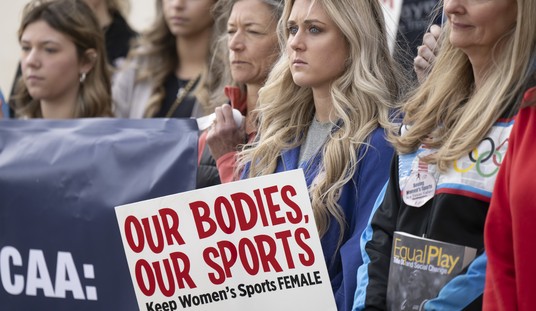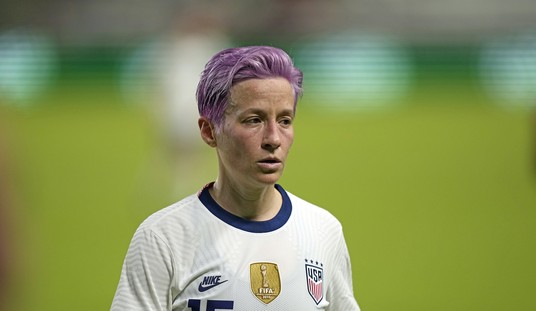Does your doctor nag you about your drinking? The federal government wishes he would.
Last week the U.S. Centers for Disease Control and Prevention (CDC) noted with alarm that most Americans say they have never discussed alcohol consumption with a health professional. Physicians' reluctance to broach the subject is especially troubling, the CDC said, because "at least 38 million adults in the U.S. drink too much."
Most news outlets reported the latter claim as a fact, failing to notice the value judgments embedded in it. Contrary to what the CDC wants you to believe, the question of what it means to drink too much is a matter of moral and medical dispute.
According to the CDC, "problem drinkers" consist mainly of "binge drinkers," which does not mean what you might think: people who spend days in a drunken stupor, devoting themselves to intoxication in a way that seriously disrupts their lives. No, according to the CDC, a man is a binge drinker if at any point in the past month he has consumed five or more drinks "on an occasion"; for a woman, the cutoff is four drinks.
This definition is based on the amounts typically needed to reach a blood alcohol concentration of 0.08 percent, which corresponds to the legal per se standard for driving while intoxicated (DWI). What if you do not plan to drive? It does not matter. The CDC has decreed that no one should ever drink this much, no matter the circumstances.
Note that the CDC's definition of a binge is determined legally rather than scientifically. When the DWI standard was 0.10 percent, many of today's binge drinkers would not have qualified as such. And if Congress lowers the cutoff to 0.05 percent, the number of binge drinkers will shoot up overnight.
Recommended
The government's notion of a binge encompasses patterns of consumption that do not cause measurable harm to anything except the CDC's sensibilities. If a man at a dinner party drinks a cocktail before the meal, a few glasses of wine during it and a little bourbon afterward, he is drinking too much, according to the CDC, even if he takes a cab home.
Even if you never binge in this manner, that does not necessarily mean your drinking meets with the government's approval. The CDC also worries about men who have more than 14 drinks per week and women who have more than seven.
If you are a woman, don't think you can get a pass by sticking to one drink every day but Saturday, when you have two. That puts you over the government's limit and makes you part of the problem.
Unless you live in Canada, where 10 drinks a week is deemed OK for women; or the U.K., where women are safe if they do not "regularly" consume more than three "units" (1.5 glasses of wine) a day; or Italy, where they are allotted up to 40 grams of ethanol (nearly three shots of vodka) each day. Evidently the CDC's rules are not as obviously correct as it pretends.
The relationship between alcohol consumption and mortality (like the relationship between weight and mortality) follows a J-shaped curve, meaning that drinking more is associated with better health -- up to a point. Where is that point? Around two drinks a day for women and four for men, according to a 2006 analysis of 34 prospective studies published in the Archives of Internal Medicine. That's a lot more generous than the CDC's quotas.
The CDC also goes beyond the scientific evidence in declaring that pregnant women and adults younger than 21 are drinking too much if they drink at all. There is no evidence that light to moderate alcohol consumption during pregnancy harms fetuses, and the legal drinking age is an arbitrary limit questioned by many.
In short, the CDC's pronouncements about drinking mix medicine with moralism in a way that may not be healthy. They should be consumed with caution.

























Join the conversation as a VIP Member